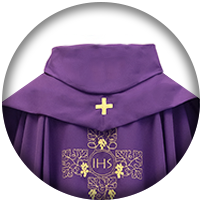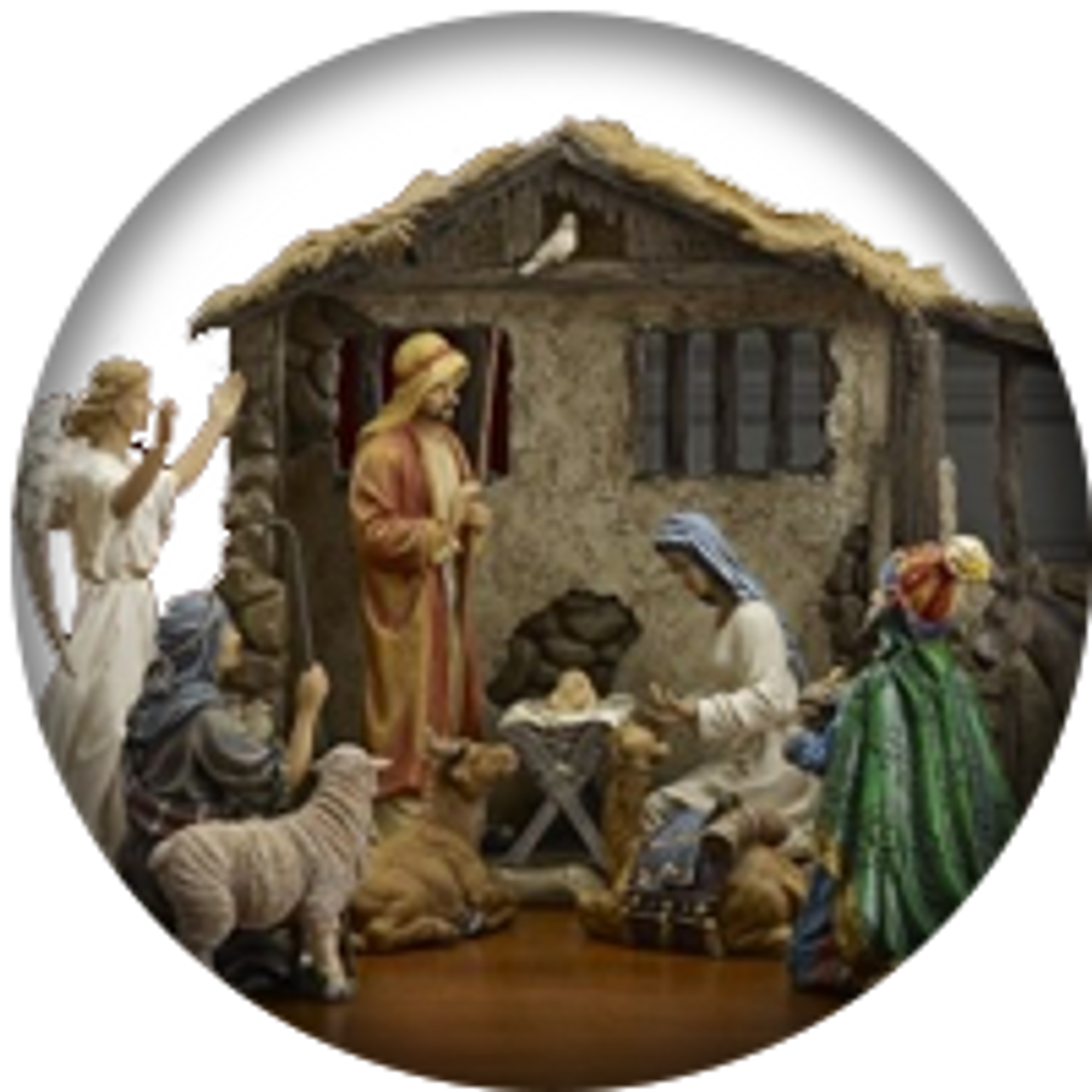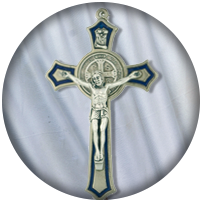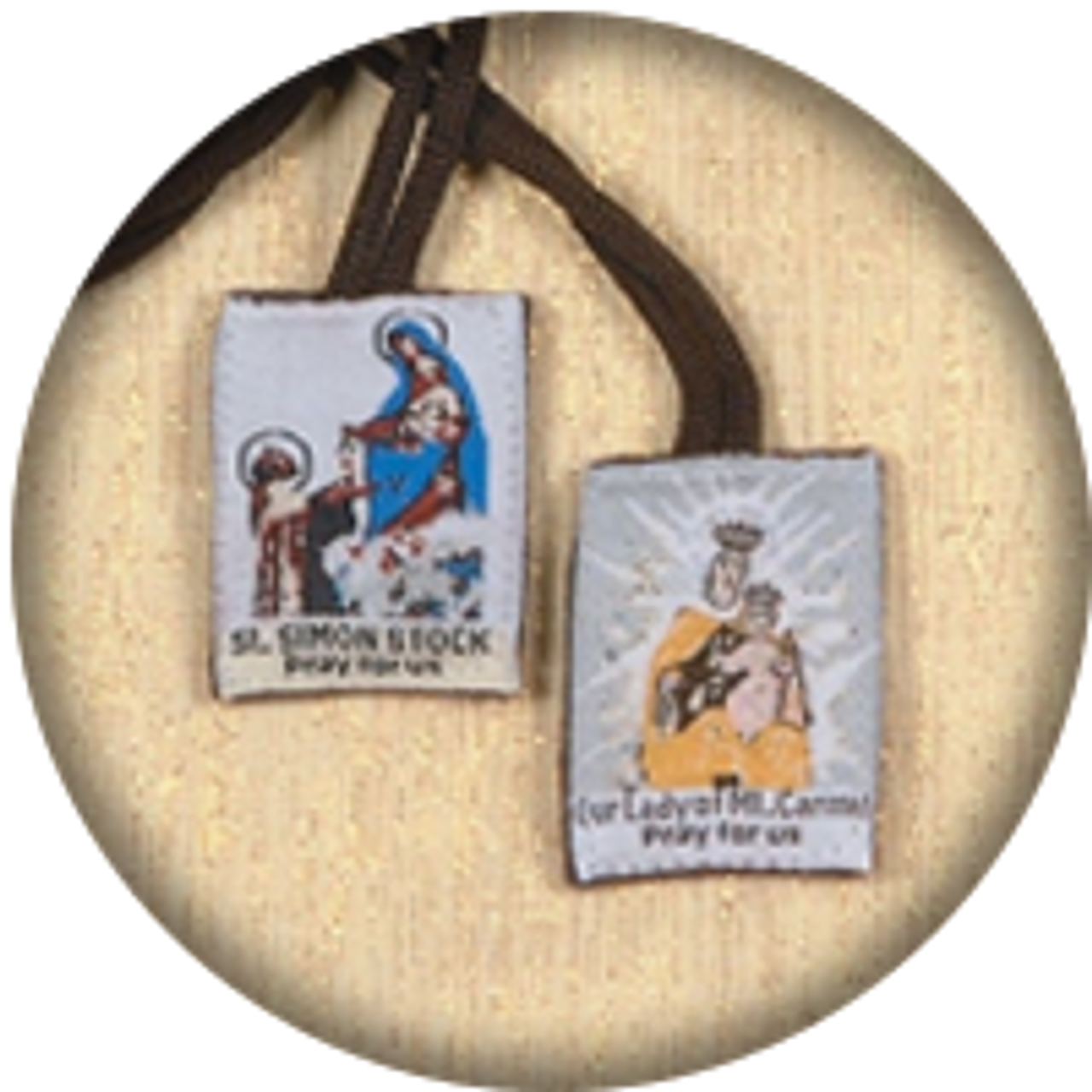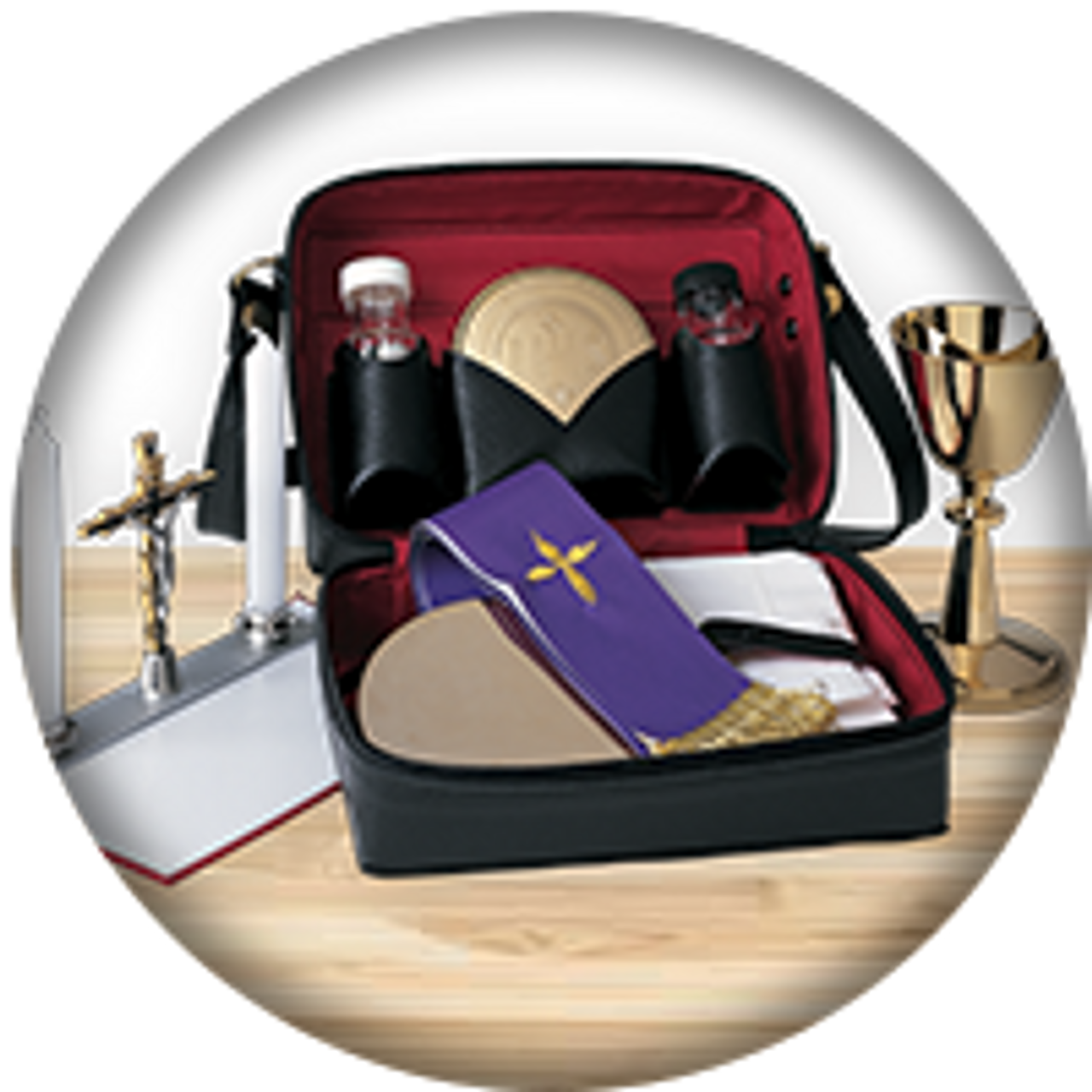Giving Thanks!
Kathy Boh on 20th Nov 2014

The holidays are soon approaching. For the next six weeks or so, many of us are looking forward to celebrating special times with family and friends.
We begin in America with our Thanksgiving celebration at the end of November. Amidst some memories of childhood pageants depicting the pilgrims, or the harvest decorations we see in stores (of pilgrims and Indians), we all have some idea of the origin of our feast. How about the details? The pilgrims landed in Massachusetts in late November, 1620, after a difficult, 66-day journey from Plymouth, England in a small (by today’s standards) ship, the Mayflower. They were determined to find both religious and civil freedom in the “new world”.
Although some “thanksgiving” celebrations have been noted in earlier American history—even in other places (including, for instance, St. Augustine, Florida)—the most noteworthy to many has been the Plymouth immigrants’ celebration. They settled on a place to land at Plymouth Rock in December of 1620, and signed the “Mayflower Compact” before departing the ship. This important document was both the first civil governing document and the first self-governing proclamation in the new land. Due to the severe weather and little food available, the original 102 pioneers suffered almost 50% life loss over that first winter.
Due to the kindness and help of the native Indians, the new colony planted and harvested bountiful crops by that next summer and fall. Many who had come from England had been accustomed to religious days of fasting, days of celebration, and days of thanksgiving. Heartfelt appreciation filled their hearts toward both the God who had helped them come so far, and to the Indians who aided them in early survival and in planting their fields. With their fruitful provision, they declared a three day feast to celebrate. They gathered their harvest yield and many hunted fowl—enough to feed their own company and their guests, the Indian King Massasoit and ninety of his men. Then they, also, went out and hunted deer. Historical letters indicate that the feast on that particular day was quite plentiful.
Although George Washington was the first president to proclaim an official Day of Thanksgiving, the current day was established by President Abraham Lincoln, who dedicated the last Thursday in November as an official national Day of Thanksgiving. The year was 1863, and the month was November—the same month in which he delivered the Gettysburg address. It was also the same time period in which he –in his own words—consecrated himself to Christ. Just a year and a half later he was assassinated.
Congress reaffirmed Thanksgiving as a permanent national holiday in 1941, on the same day declared by President Lincoln. It’s the season to “give thanks” again. May we continue to appreciate the hardships, accomplishments, and major difficulties that so many have endured during America’s history to build the foundations of the bountiful blessings we have today.

